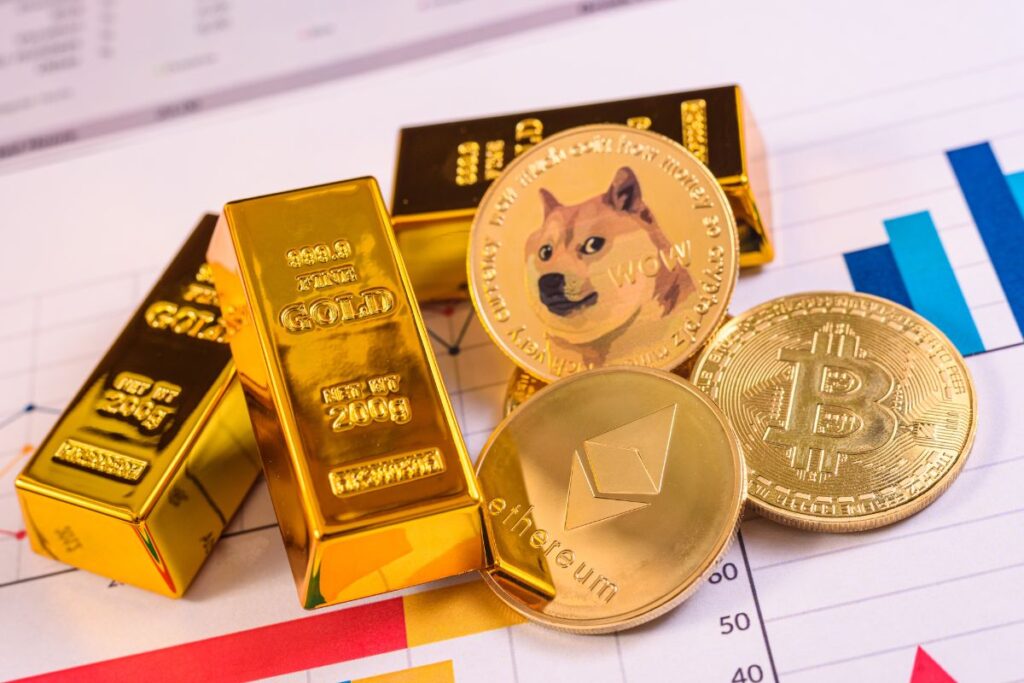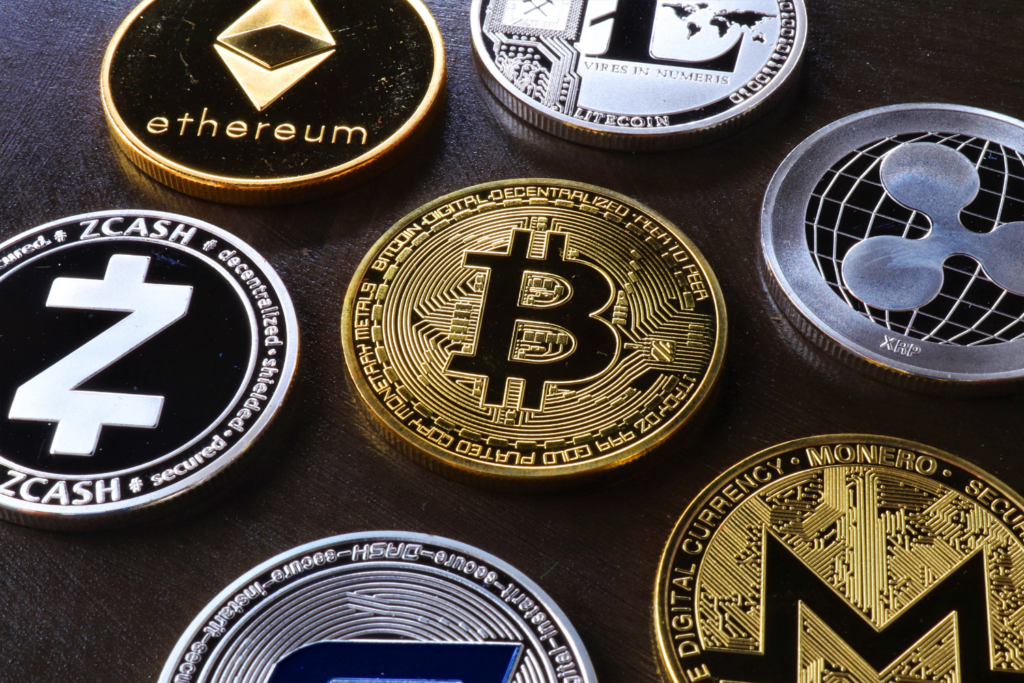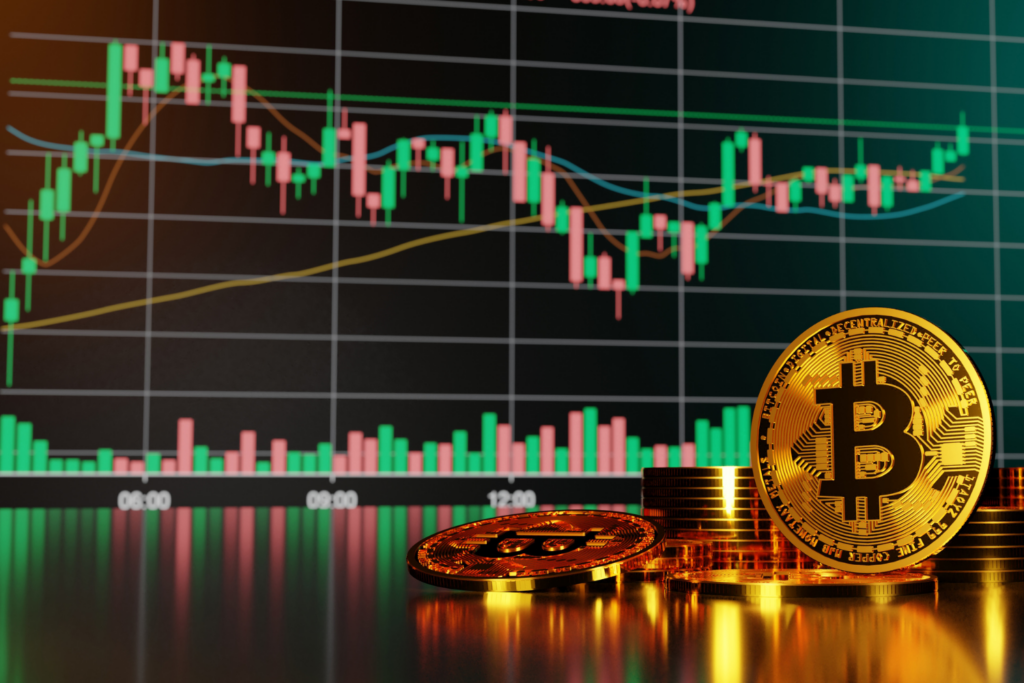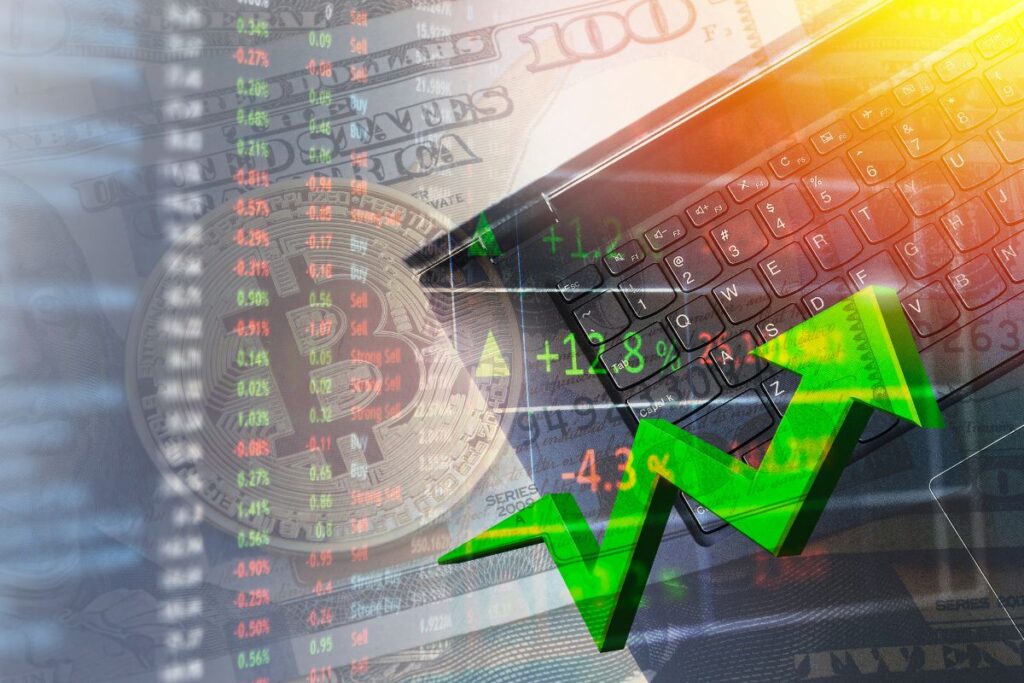
The world of Ethereum token standards is vast and diverse, offering developers a plethora of options when it comes to creating and managing digital assets. In this beginner’s guide, we will delve into the key standards such as ERC-721 and ERC-1155, which have revolutionized the concept of multi-token ecosystems. Like Ethereum, you can also trade Bitcoin using a reliable trading platform like bitcoin-buyer.
Contents
ERC-721 Token Standard: Empowering Unique Non-Fungible Tokens (NFTs)
The ERC-721 token standard has revolutionized the world of blockchain by introducing unique non-fungible tokens (NFTs). Unlike fungible tokens like ERC-20, which are interchangeable and have identical values, ERC-721 tokens are distinct and indivisible. This uniqueness has unlocked a myriad of possibilities in various industries, including art collectibles, and more.
With ERC-721, each token represents a unique asset, making it ideal for creating digital collectibles and one-of-a-kind items. These tokens are stored on the Ethereum blockchain, ensuring transparency, immutability, and security. The ERC-721 standard provides a set of functions and interfaces that enable developers to create, own, trade, and interact with NFTs.
One of the key differences between ERC-721 and ERC-20 is the token’s structure. While ERC-20 tokens are typically stored in a single smart contract, ERC-721 tokens are stored individually, allowing for more granular control over each token’s properties. This structure enables developers to define the metadata, ownership, and unique characteristics of each NFT.
The use cases for ERC-721 tokens are diverse and rapidly expanding. In art, artists can tokenize their creations as NFTs, establishing verifiable ownership and provenance. This has led to a booming market for digital art, with NFT-based artwork selling for millions of dollars.
Several notable projects have leveraged the ERC-721 standard to great success. CryptoKitties, one of the first NFT-based games, gained immense popularity as players could collect, breed, and trade unique virtual cats. The NBA Top Shot platform, developed by Dapper Labs, offers basketball fans the opportunity to own and trade NFT-based video highlights of their favorite players.
While ERC-721 tokens have opened new doors, challenges remain. Scalability and high transaction costs on the Ethereum network have been a point of concern. However, ongoing efforts, such as Ethereum’s transition to a proof-of-stake consensus mechanism and layer-two scaling solutions, aim to address these limitations and enhance the ERC-721 ecosystem.
ERC-1155 Token Standard: The Evolution of Multi-Token Standards
Building upon the success of ERC-721, the ERC-1155 token standard emerged as a breakthrough solution for managing multiple token types within a single smart contract. This standard allows for the creation of fungible and non-fungible tokens more efficiently and cost-effectively.
ERC-1155 introduces the concept of “semi-fungibility,” where multiple instances of a token can be treated as identical or distinct depending on the context. This flexibility makes ERC-1155 suitable for applications that require both unique and interchangeable tokens. They can be utilized for digital identity management, supply chain tracking, fractional ownership, and more. With ERC-1155, developers have the freedom to design token ecosystems tailored to their specific requirements.
One of the significant advantages of ERC-1155 is its ability to conserve gas costs. Storing multiple token types within a single smart contract reduces the overhead associated with deploying and managing multiple contracts. This efficiency not only benefits developers but also contributes to a more sustainable and scalable blockchain ecosystem.
Interoperability is another key feature of ERC-1155. Tokens conforming to this standard can be easily integrated with other token standards, such as ERC-20 and ERC-721. This interoperability fosters seamless interactions between different token ecosystems and enhances tokens’ overall liquidity and utility. It enables cross-platform compatibility and simplifies the integration of various applications and services.
Supply chain management is another area where ERC-1155 tokens can bring significant benefits. By tokenizing different components and stages of the supply chain process, companies can track and verify the authenticity, origin, and movement of goods transparently and efficiently. This enhances traceability, reduces counterfeiting risks, and improves overall supply chain efficiency.
Conclusion
Ethereum token standards have paved the way for innovative applications and transformed the digital landscape. The ERC-721 standard has empowered the creation of unique NFTs, revolutionizing industries such as art. On the other hand, ERC-1155 has evolved the concept further by introducing semi-fungible tokens and enabling the management of multiple token types within a single contract. I hope the guide is informative and useful.




